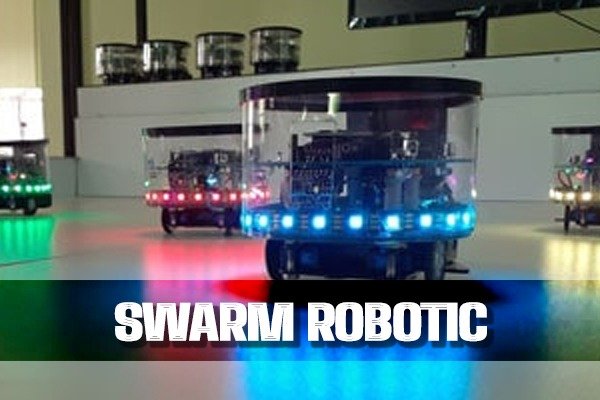
Unlocking Cooperative Intelligence: The World of Swarm Robotics Systems
Introduction to Swarm Robotics:
Swarm Robotics Systems represent a paradigm shift in the field of robotics, drawing inspiration from nature’s collective behaviors observed in swarms of insects. These systems leverage the power of multiple simple robots working together autonomously to achieve complex tasks. The synergy among these robots creates a collective intelligence that surpasses the capabilities of individual entities.
Key Principles of Swarm Robotics:
At the core of Swarm Robotics Systems lie fundamental principles borrowed from swarm intelligence in nature. These principles include decentralized control, self-organization, and the ability to adapt to dynamic environments. Unlike traditional centralized robotic systems, swarm robots operate collaboratively, making decisions collectively based on local information.
Decentralized Control for Efficient Collaboration:
One of the defining features of Swarm Robotics Systems is decentralized control. Each robot in the swarm operates independently, responding to local stimuli and communicating with nearby robots. This decentralized approach not only enhances the system’s adaptability to changes but also ensures efficient collaboration without the need for a central controller.
Self-Organization and Emergent Behaviors:
Swarm robots exhibit self-organization, a phenomenon where simple individual behaviors lead to the emergence of complex group behaviors. Through local interactions and communication, the swarm achieves a level of coordination that allows it to adapt to various tasks and environmental conditions. This self-organization results in emergent behaviors that may not be explicitly programmed.
Applications Across Industries:
Swarm Robotics Systems find applications across a diverse range of industries. In agriculture, swarm robots can collaborate to monitor and optimize crop health. In logistics, they can work together for efficient warehouse management and package delivery. The possibilities extend to search and rescue missions, environmental monitoring, and even space exploration, showcasing the versatility of these systems.
Advantages Over Traditional Robotics:
Compared to traditional robotic systems, Swarm Robotics offers several advantages. The redundancy in the swarm provides robustness against individual robot failures. The decentralized nature allows for scalability, as adding more robots to the swarm does not necessarily increase complexity. Additionally, the adaptability of swarm robots makes them well-suited for dynamic and unpredictable environments.
Challenges and Limitations:
While Swarm Robotics Systems hold immense potential, they come with their set of challenges. Maintaining communication among robots, avoiding collisions, and ensuring the swarm’s cohesiveness in the face of dynamic obstacles are ongoing research areas. Addressing these challenges is crucial for the widespread adoption of swarm robotics in real-world scenarios.
Swarm Robotics Systems in Action:
To witness the real-world impact of Swarm Robotics Systems, one need only look at ongoing research and experiments. Swarms of small robots have been deployed for tasks like environmental monitoring, where they can collectively gather data over large areas. The efficiency and adaptability demonstrated in these experiments showcase the practicality of swarm robotics.
Future Directions and Innovations:
As technology advances, the future of Swarm Robotics Systems looks promising. Innovations in sensors, communication protocols, and machine learning algorithms will further enhance the capabilities of swarm robots. The integration of artificial intelligence may enable swarms to learn from experiences and optimize their performance over time.
Exploring Swarm Robotics Systems:
To delve deeper into the world of Swarm Robotics Systems, visit Swarm Robotics Systems and explore the potential of cooperative intelligence in autonomous robotic systems. Witness how swarm robotics is pushing the boundaries of what’s achievable in robotics, opening new avenues for collaboration, adaptability, and efficiency in various industries.
